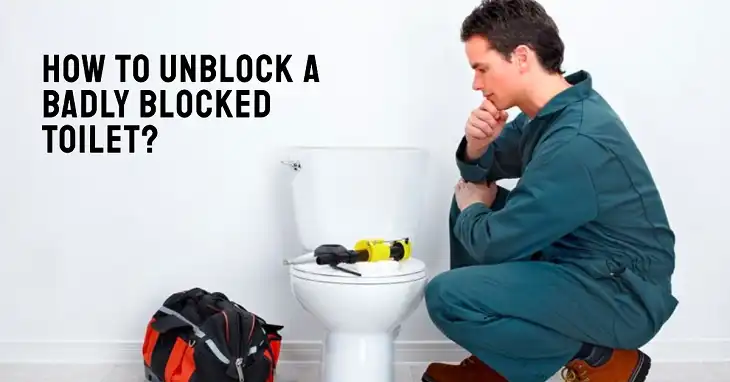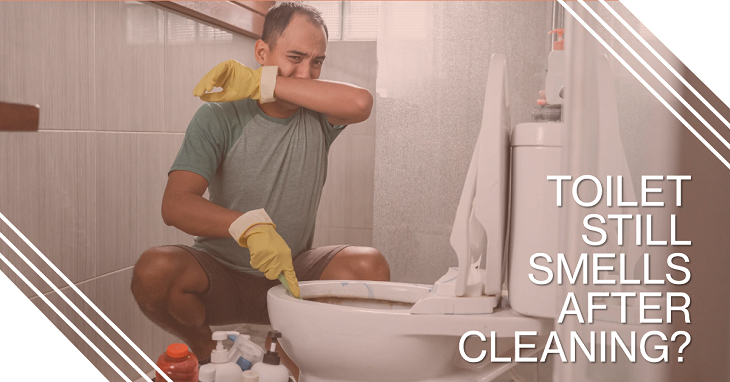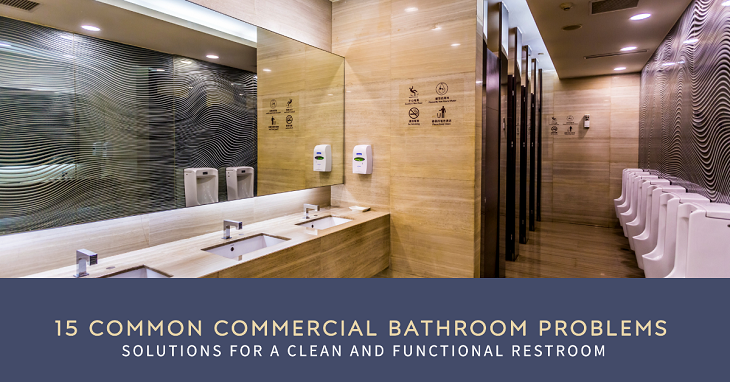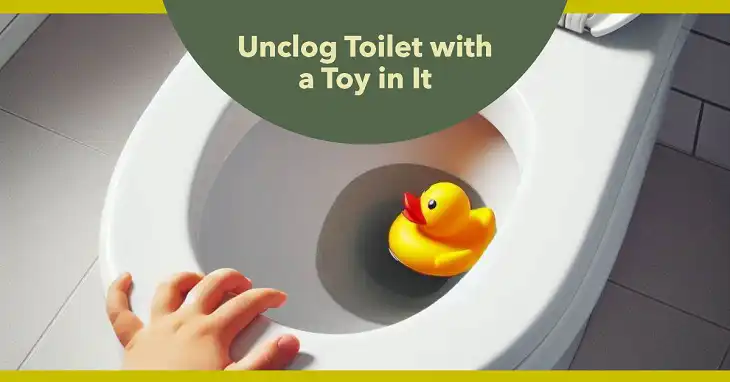7 Types of Toilet Flush Valves and How to Choose the Right One
Ever wondered why some toilets flush better than others? The secret lies in the flush valve. This crucial component controls how water flows from your toilet tank to the bowl, determining the efficiency and power of each flush. In this article, we’ll explain different ty[es of toilet flush valves, their sizes, and everything you need to know to make an informed decision for your home.
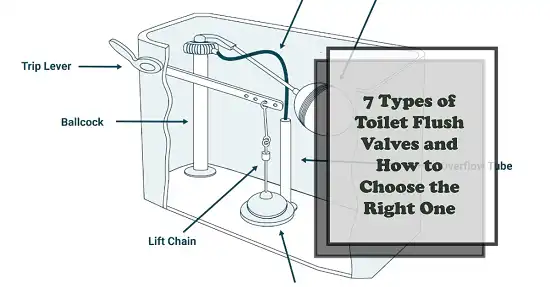
What Exactly Are Toilet Flush Valves
Before we delve into the specifics, let’s clarify what a flush valve does. Simply put, it’s the mechanism that releases water from the tank into the bowl when you flush. The type and size of your flush valve can significantly impact your toilet’s performance, water usage, and even your water bill.
Types of Toilet Flush Valves
1. Ballcock Valves
Ballcock valves are the old reliable of the flush valve world. They use a floating ball connected to a lever arm to control water flow. When you flush, the ball drops, allowing water to flow into the bowl. As the tank refills, the ball rises, eventually shutting off the water supply.

Ballcock valves are known for their simplicity and affordability, making them a popular choice for many homeowners. They’re also readily available when repairs are needed. However, these valves aren’t without their drawbacks. They can be noisy during operation, which might be an issue for light sleepers or those with bathrooms near living areas. Additionally, as they age, ballcock valves become more prone to leaks, potentially wasting water and increasing your utility bills.
Popular brands in the ballcock valve market include Fluidmaster and Korky, both known for their reliable products and wide availability.
2. Diaphragm Valves
Diaphragm valves represent a more modern approach to toilet flush mechanisms. These valves use a flexible rubber diaphragm to control water flow based on tank pressure. The design of diaphragm valves offers several advantages over traditional ballcock valves.

One of the most notable benefits of diaphragm valves is their quiet operation. If you’ve ever been startled by the loud rushing water sound after flushing, you’ll appreciate the more subdued performance of a diaphragm valve. They’re also less prone to leaks, which can provide peace of mind and potentially lower water bills over time.
The trade-off for these benefits is often a higher price point. Diaphragm valves may be more expensive than their ballcock counterparts, which could be a consideration for budget-conscious homeowners. However, many find the improved performance and durability worth the extra cost.
Korky and Fluidmaster, brands also known for their ballcock valves, offer quality diaphragm valve options as well.
3. Tank Lever Valves
Tank lever valves are a common sight in many older toilets. These valves use a lever attached to the flush handle to open a flapper, allowing water to flow into the bowl. The simplicity of this design has made it a staple in residential bathrooms for decades.

The familiarity of tank lever valves is one of their greatest strengths. Most homeowners can easily understand how they work, making basic maintenance and repairs relatively straightforward. This simplicity also often translates to a lower cost compared to more modern valve types.
However, tank lever valves aren’t without their downsides. They’re generally less efficient than newer designs, which could lead to higher water consumption. Additionally, the flapper component in these valves may require more frequent replacement, adding to long-term maintenance costs.
4. Dual Flush Valves
Dual flush valves represent a significant leap forward in toilet technology, offering two flush options: a full flush for solid waste and a partial flush for liquid waste. This design promotes water conservation by allowing users to choose the appropriate flush volume for each use.

The water-saving potential of dual flush valves is substantial. By using less water for liquid waste, which accounts for the majority of flushes in most households, these valves can significantly reduce water consumption. This not only benefits the environment but can also lead to noticeable savings on water bills.
The modern, eco-friendly design of dual flush toilets is increasingly popular among environmentally conscious homeowners. However, it’s worth noting that the initial cost of these systems is often higher than traditional single-flush options. The more complex mechanism may also require more specialized knowledge for repairs.
Popular brands in the dual flush market include Mansfield and Toto, both known for their high-quality, water-efficient toilet designs.
5. Pressure-Assisted Flush Valves
Pressure-assisted flush valves bring a powerful solution to flushing needs. These valves use compressed air to create a forceful flush with less water, making them an excellent choice for commercial settings or homes with low water pressure.

The effectiveness of pressure-assisted valves is their standout feature. They can clear the bowl more thoroughly than many gravity-fed systems, reducing the likelihood of clogs and the need for double flushing. This powerful performance doesn’t come at the cost of water efficiency; in fact, these systems often use less water per flush than traditional valves.
However, the advanced technology in pressure-assisted valves comes with some trade-offs. The design is more complex than standard flush valves, which can make repairs more challenging and potentially more expensive. These systems are also known for their louder flush, which might be a consideration in residential settings.
6. Flushometers
Flushometers are most commonly found in commercial settings like office buildings, schools, and restaurants. These valves use a sensor to trigger an automatic, powerful flush, offering a hygienic, hands-free operation that’s ideal for high-traffic areas.

The main advantage of flushometers is their ability to handle frequent use without the need for a refill tank. They provide a quick, powerful flush and are ready for the next use almost immediately. This makes them perfect for busy public restrooms where efficiency is key.
However, flushometers are generally not suitable for most residential toilets. They require higher water pressure than is typically available in homes and often need professional installation and maintenance. The cost of these systems is also significantly higher than standard residential flush valves.
7. Concealed Flush Valves
Concealed flush valves represent the intersection of function and aesthetics in modern toilet design. These valves are hidden within the tank or behind the wall, creating a sleek, minimalist look that’s increasingly popular in high-end bathrooms.

The primary appeal of concealed flush valves is their visual impact – or lack thereof. By hiding the functional components, these systems create a cleaner, more streamlined appearance. Many homeowners appreciate this modern aesthetic, especially in designer or luxury bathrooms.
In addition to their looks, concealed flush valves often operate more quietly than exposed systems. However, these benefits come at a price. Concealed systems are typically more expensive than standard flush valves. They may also require more complex and costly repairs, as accessing the components can be more challenging.
Comparison Table for Flush Valve Types
| Valve Type | Water Efficiency | Noise Level | Cost | Ease of Repair |
| Ballcock | Moderate | High | Low | Easy |
| Diaphragm | Good | Low | Moderate | Moderate |
| Tank Lever | Moderate | Moderate | Low | Easy |
| Dual Flush | Excellent | Low | High | Moderate |
| Pressure-Assisted | Excellent | High | High | Difficult |
| Flushometer | Good | Moderate | Very High | Difficult |
| Concealed | Good | Low | High | Difficult |
How to Choose the Right Flush Valve
Selecting the perfect flush valve for your toilet involves considering several factors. First and foremost, you need to ensure the valve is compatible with your specific toilet model. Not all valves work with all toilets, so this should be your starting point.
Water pressure in your home is another crucial consideration. If you have low water pressure, a pressure-assisted valve might be beneficial, as it can provide a more powerful flush even with less water flow.
Water usage is an increasingly important factor for many homeowners. If water conservation is a priority for you, consider dual flush or pressure-assisted valves. These types typically use less water per flush.
Prices vary significantly between basic and high-end models. While it might be tempting to opt for the cheapest option, remember that a higher-quality valve could save you money in the long run through improved efficiency and durability.
Noise level is another factor to consider, especially if your bathroom is close to bedrooms or living areas. If you’re sensitive to noise, you might want to opt for quieter options like diaphragm or concealed valves.
Finally, think about maintenance. Some valve types are easier to repair or replace than others. If you don’t mind calling in a professional for repairs, you might be more open to complex systems like pressure-assisted or concealed valves.
Sizing Your Toilet Flush Valve
Flush valves typically come in two sizes: 2 inches and 3 inches. The size refers to the diameter of the valve opening, and choosing the right size is crucial for optimal toilet performance.
2-inch Flush Valves
Two-inch flush valves are standard in most residential toilets. They work well for normal household use and are suitable for most toilet designs. These valves provide a good balance between flushing power and water efficiency for typical home bathrooms.
3-inch Flush Valves
Three-inch flush valves are larger, allowing more water to flow into the bowl quickly. This results in a more powerful flush, which can be beneficial in certain situations. These larger valves are often found in commercial settings or high-end residential toilets. They’re particularly useful for toilets that need to handle a higher volume of waste or in situations where a more forceful flush is desired.
Measuring Your Tank for Valve Sizing
To determine the right size for your toilet, you’ll need to measure your tank. Start by completely emptying the tank. Then, measure the height from the bottom of the tank to the overflow tube. Next, measure the width of the tank at its widest point. These measurements will help you determine the appropriate valve size for your specific toilet model.
Once you have these measurements, consult your toilet manufacturer’s specifications or speak with a plumbing professional. They can help you determine whether a 2-inch or 3-inch valve is most appropriate for your toilet. Using the wrong size can lead to poor flushing performance or even damage to your toilet, so it’s important to get this right.
Bottom Line
Choosing the right toilet flush valve might seem like a small decision, but it can have a big impact on your daily life and water consumption. By understanding the different types, sizes, and maintenance needs of flush valves, you can make an informed choice that balances performance, efficiency, and cost.
Whether you opt for a traditional ballcock valve, a water-saving dual flush system, or a high-tech smart toilet, proper installation and regular maintenance are key to ensuring optimal performance. With the right flush valve and proper care, you can enjoy efficient, trouble-free toilet operation for years to come.

